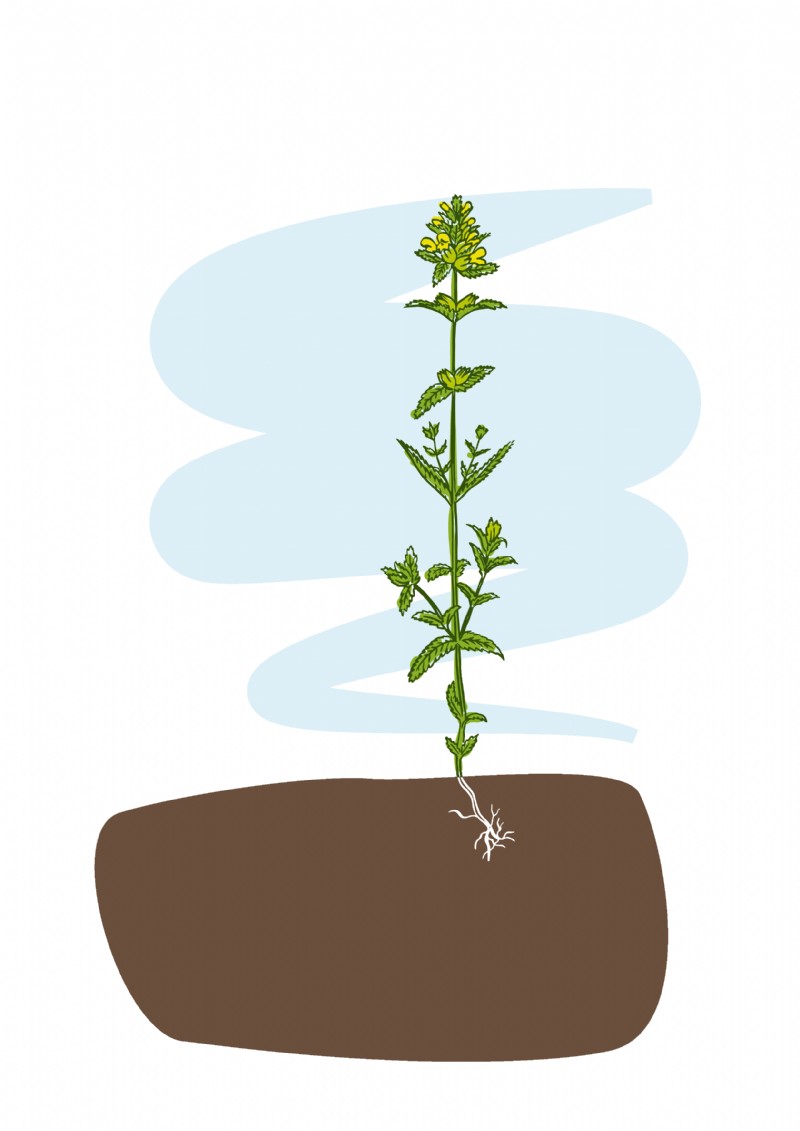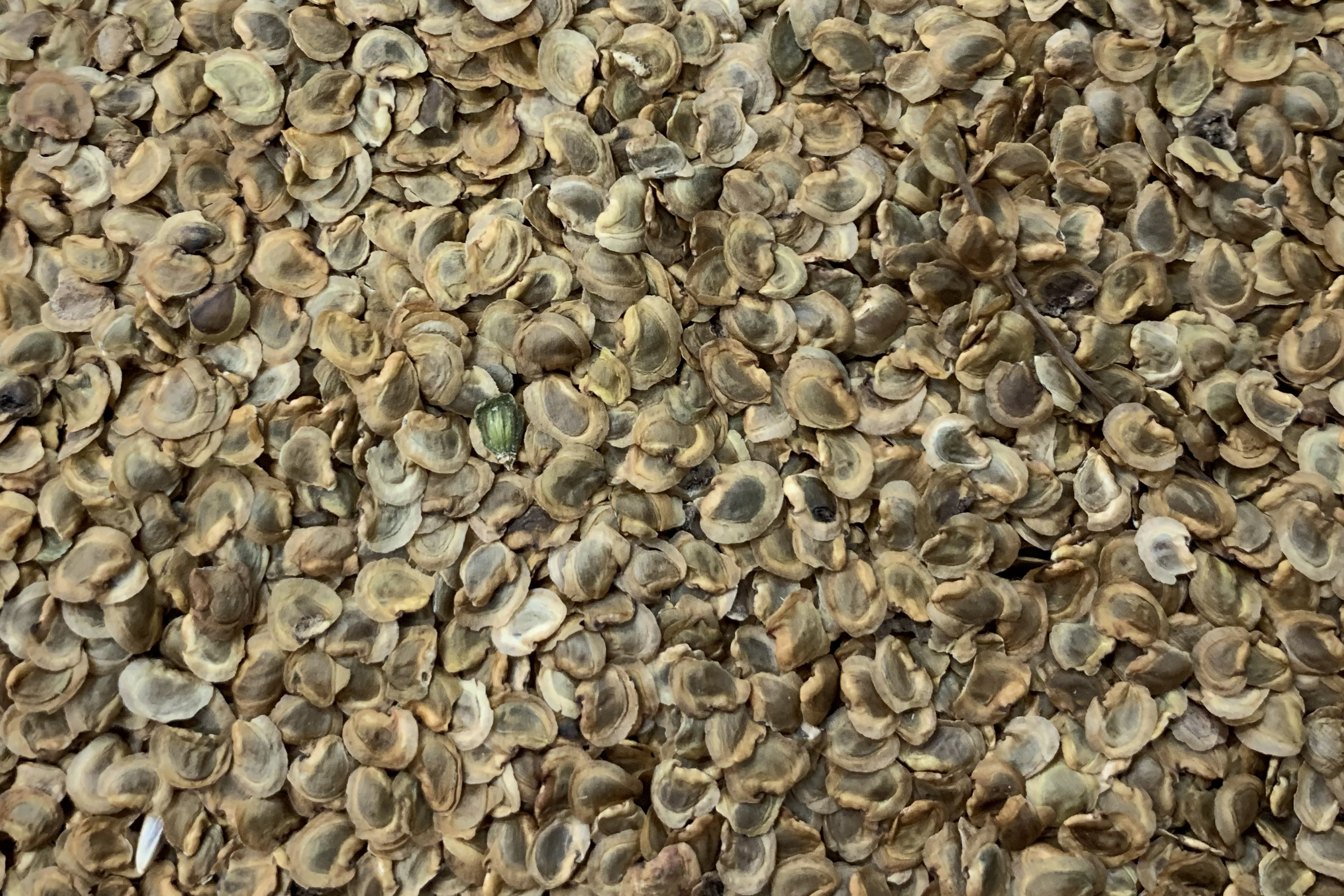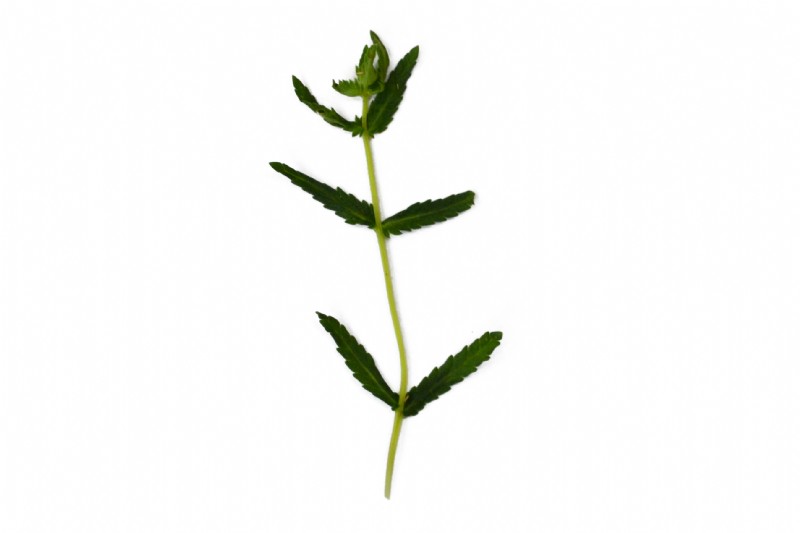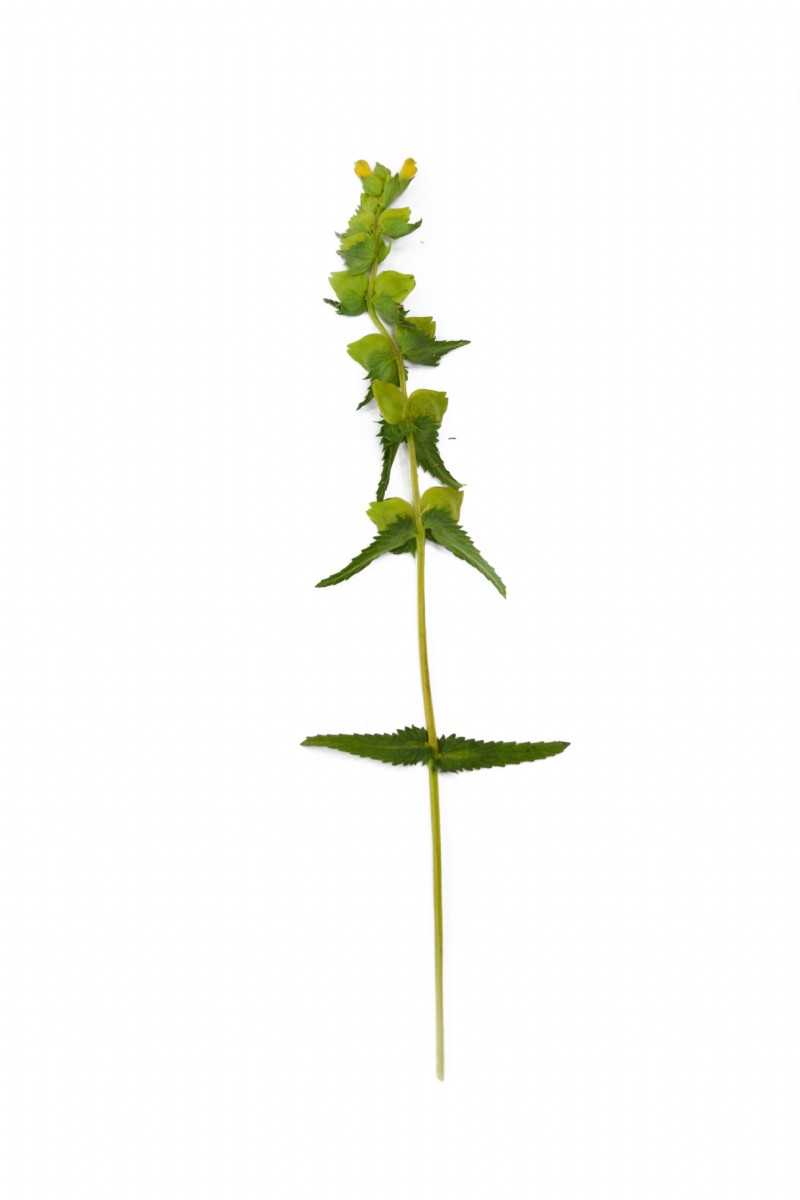Yellow Rattle
Erect, annual, hairless parasitic herb. Growing up to 50 cm in height. The leaves are narrow-lanceolate, coarsely toothed and slightly wrinkled on the outer edge, stalkless and arranged in opposite pairs. Flowers are situated in short leafy spikes.
Uses
Yellow Rattle is a critical species for any successful wildflower meadow, it is semi-parasitic on grasses, attaching itself to the root systems drawing water and nutrients from them therefore suppressing growth. A reduction in the grass growth rate of 50% can be achieved using Yellow Rattle.
Frost Tolerance
Yellow rattle needs a frost to germinate.
Sowing Rate Advice
0.1 - 1g per m²
If you plan on creating a wildflower meadow from an existing grass pasture, it would be best to sow straight yellow rattle (at a higher sowing rate) to substantially reduce the competition of the previous grass ley before sowing the wildflower mix.
Ideal Sowing Time
Sowing should ideally be performed in the autumn, the seeds require a special treatment known as stratification or vernalisation.This means the seeds require a period of prolonged cold to trigger germination.
Management
Yellow Rattle is an annual so it's important to allow it to set seed around June time, so that it maintains its presence in the sward year on year. Meadow management should be based on taking an August ‘hay cut’ to allow the species to set seed. Letting the cuttings dry out increases the rate of seed pods falling onto the ground. The cuttings should then be removed from the site to avoid smothering the wildflowers and maintain a lower soil fertility.
Distinguishing characteristics
Seed
Once the seed has ripened, they are shed into an enlarged calyx, which forms the 'rattle'. Eventually the seeds are shaken out of the calyx onto the ground. The seed is a lightweight disc, very thin but wide (4 mm).
Flowering Plant
Each Flower has a flattened calyx that becomes inflated. Corolla is yellow and two-lipped; the upper lip has two short teeth and the lower lip is three-lobed.
Additional Info
Flowers between May-September. The common name derives from the flower colour and the inflated bladder-like seed pod which develops and rattles once the seeds and bladder dry out.
Works well with
Recently, yellow rattle has been widely used in wild-flower mixtures to suppress vigorous grasses and give wild flowers a chance.You can find Yellow Rattle in the following mixtures
History
Yellow Rattle was believed to be first recorded in 1699.






